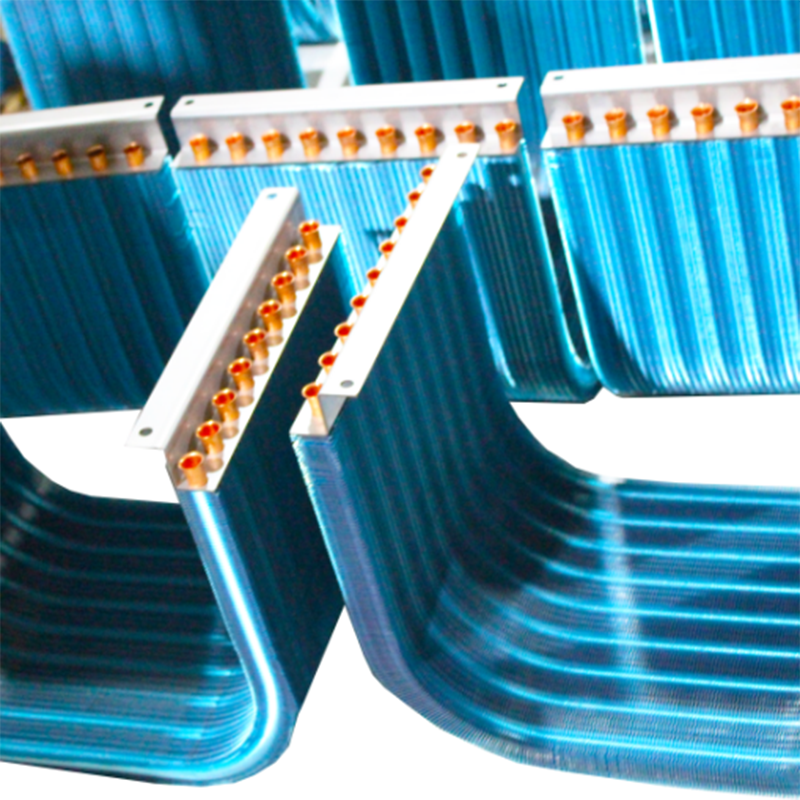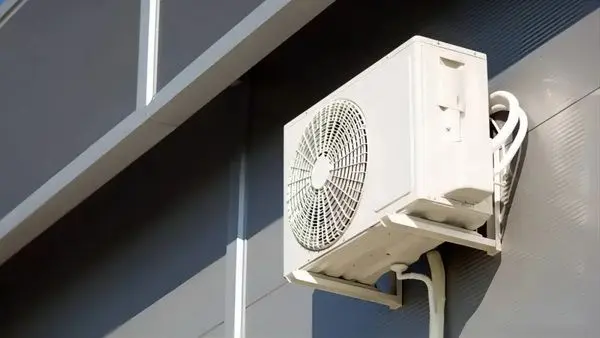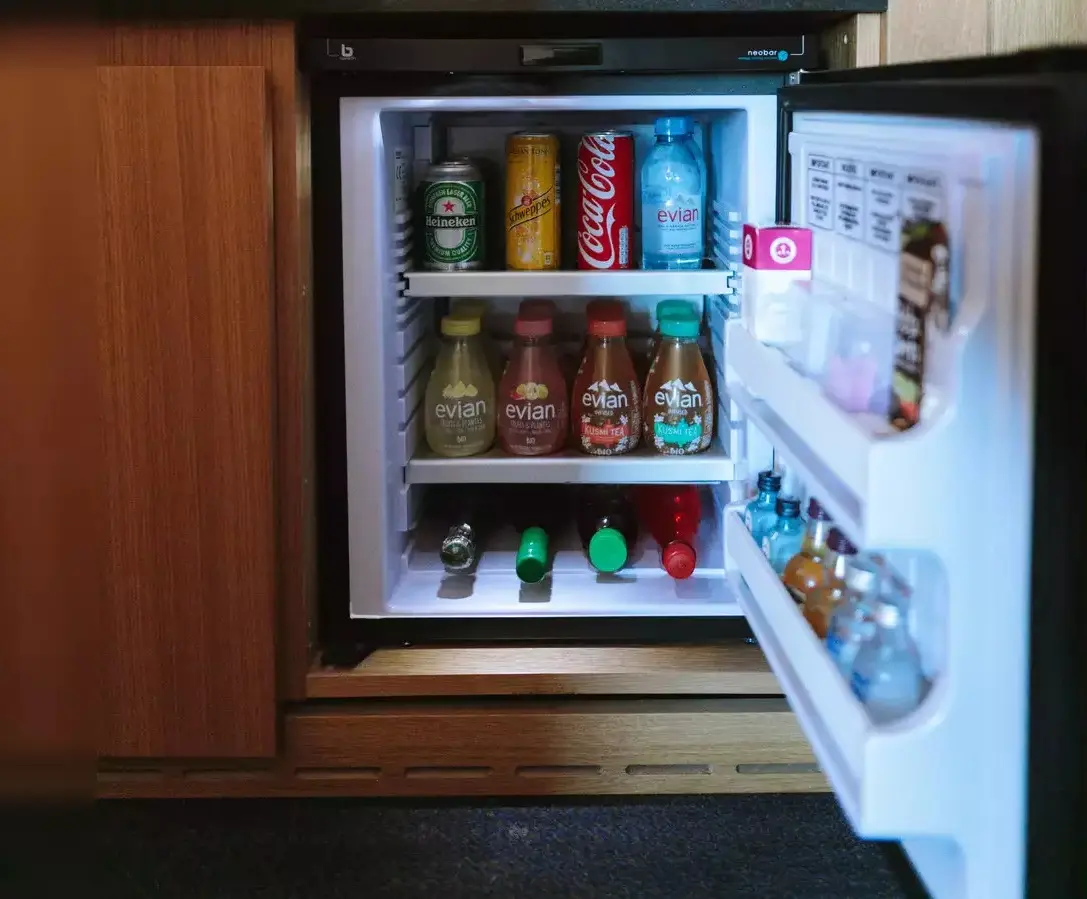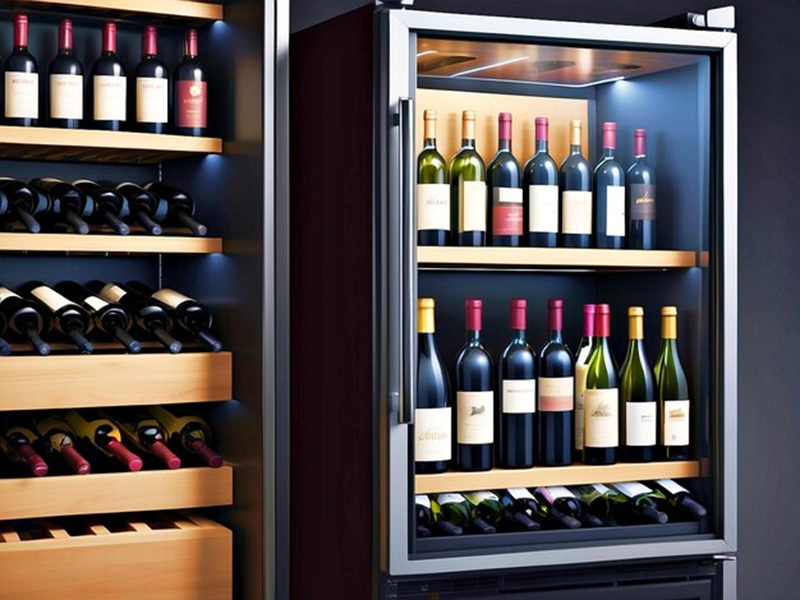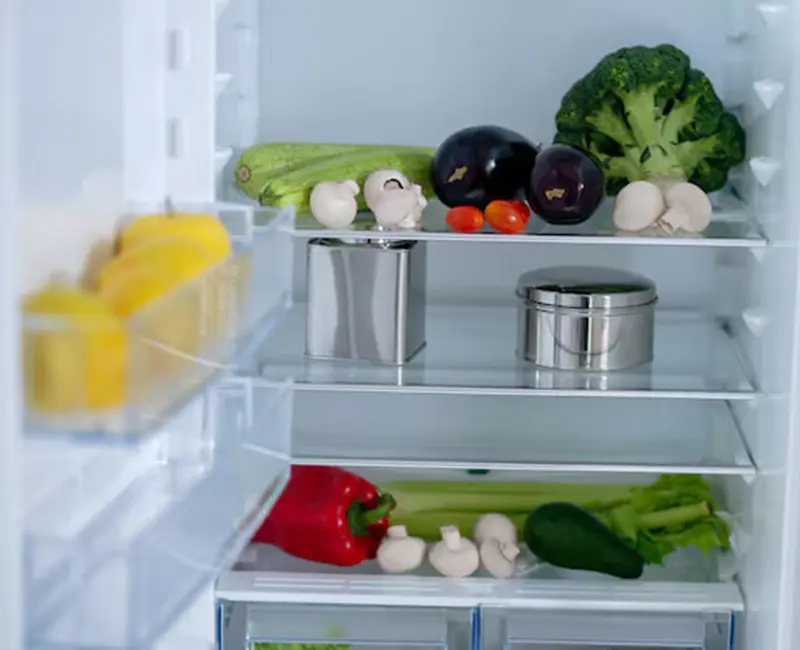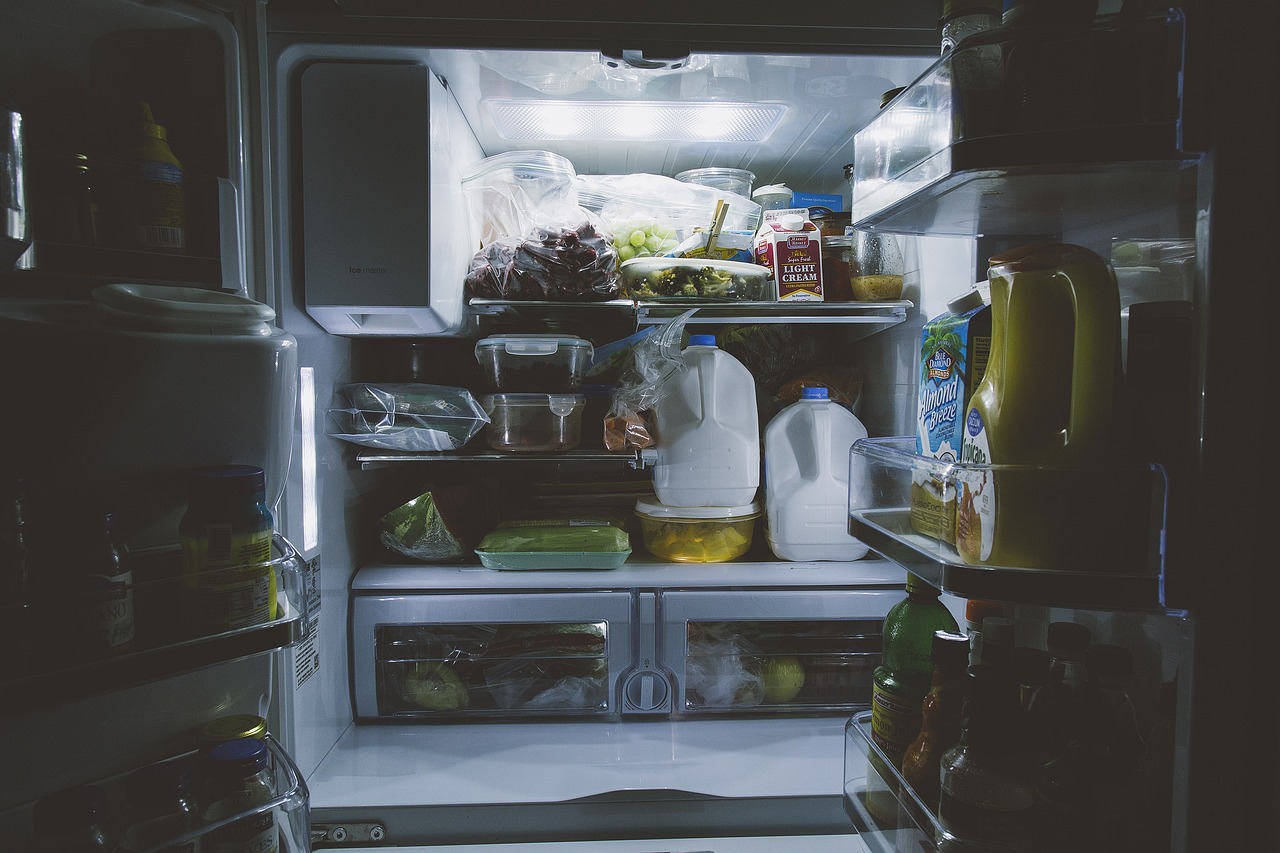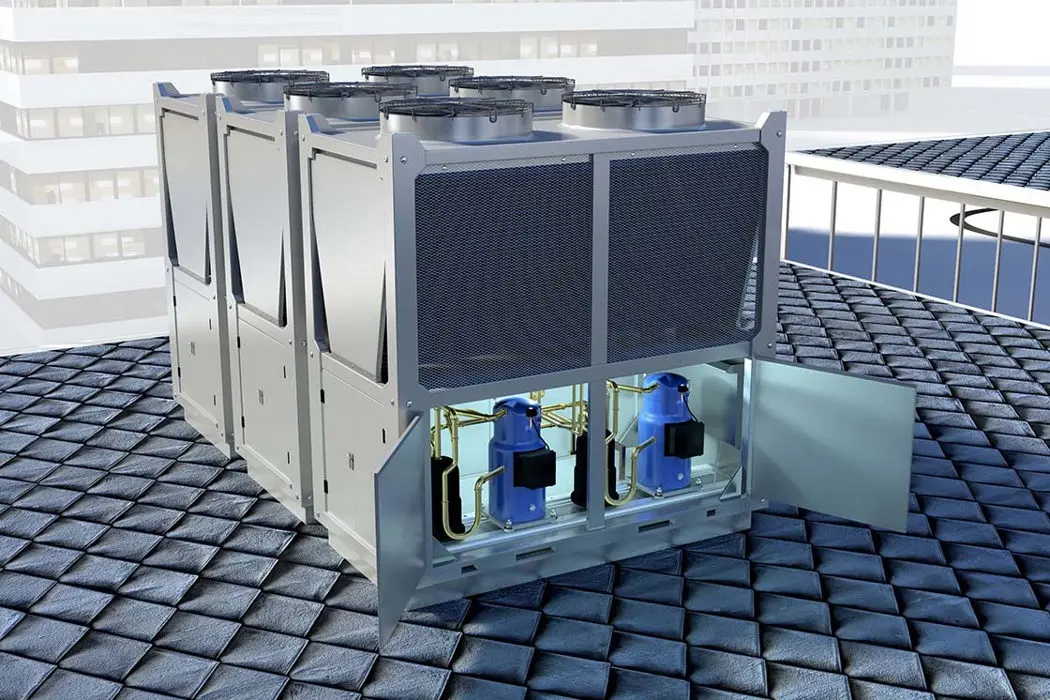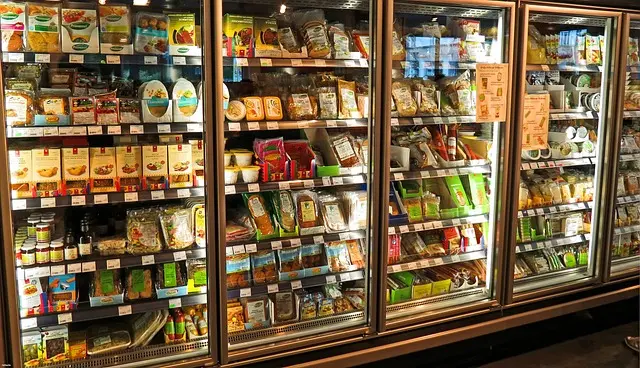Green Cooling Revolution: How Heat Exchangers Cut 30% Carbon Emissions
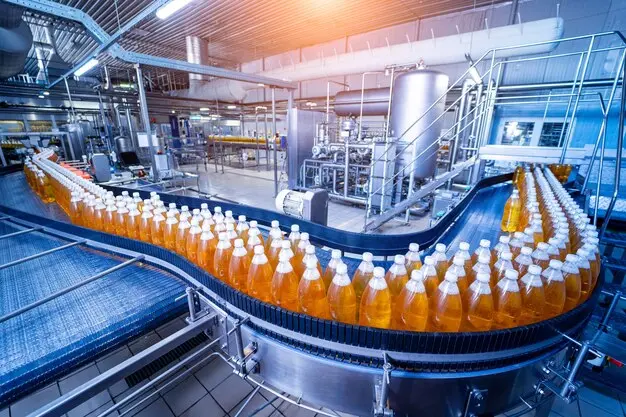
Heat Exchangers are revolutionizing cooling systems by cutting carbon emissions by as much as 30%. Their advanced thermal transfer processes ensure minimal energy waste. For example, Li's numerical model for spiral heat exchangers optimizes surface temperatures, enhancing energy efficiency. Companies like Ningbo Senjun New Materials Co., Ltd. lead this innovation with products such as theCopper Fin Heat Exchanger, which improves sustainability across industries.
Key Takeaways
- Heat exchangers can cut carbon emissions by 30%. They are key for eco-friendly cooling systems.
- Using materials like copper in heat exchangers boosts energy savings. It also makes them last longer, helping the planet.
- Adding heat exchangers to industries like food and green energy saves money. It also reduces harm to the environment.
The Science Behind Heat Exchangers
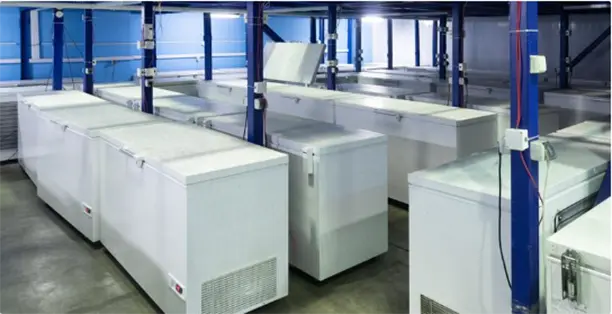
How Heat Exchangers Work
Heat exchangers operate on a simple yet effective principle: transferring heat between two or more fluids without mixing them. This process relies on thermal conductivity, where heat flows from a hotter fluid to a cooler one through a solid barrier. The design of heat exchangers varies depending on the application, but the core mechanism remains consistent. For instance, shell-and-tube heat exchangers use a series of tubes to facilitate Heat Transfer, while plate heat exchangers rely on thin, corrugated plates to maximize surface area.
Engineering analyses have revealed that different configurations, such as parallel flow, counterflow, and oblique positions, significantly impact performance. Studies show that quasi-counterflow oblique configurations achieve the highest thermal effectiveness by maintaining optimal temperature gradients. These findings underscore the importance of design in enhancing the efficiency of heat exchangers, particularly in applications like building cooling systems.
Energy Efficiency and Carbon Emission Reduction
Energy efficiency is a cornerstone of carbon emission reduction strategies. According to the International Energy Agency (IEA), energy efficiency accounts for over 40% of the emissions abatement required by 2040. Heat exchangers play a pivotal role in this effort by reusing thermal energy that would otherwise go to waste. This capability is especially critical in industries like manufacturing and energy production, where heat recovery can lead to substantial reductions in greenhouse gas emissions.
The IEA's Efficient World Scenario highlights that existing technologies, including heat exchangers, have the potential to double global energy efficiency by 2040. By integrating these systems into industrial processes, companies can achieve both environmental and economic benefits. For example, the use of advanced controllers, such as fuzzy PID systems, has been shown to improve temperature regulation in heat exchangers, further enhancing their efficiency.
The Role of Copper Fin Heat Exchangers in Sustainability
Copper fin heat exchangers stand out as a sustainable solution due to their superior thermal conductivity and durability. Copper's ability to transfer heat efficiently makes it an ideal material for applications requiring high performance and reliability. These heat exchangers are widely used in systems like refrigerators, freezers, and medical ultra-low temperature refrigerators, where energy efficiency is paramount.
A technical report highlights the significant role of copper in advancing sustainability. It emphasizes how copper fin heat exchangers contribute to reducing greenhouse gas emissions by optimizing energy use. Additionally, eco-design solutions have been shown to enhance the environmental performance of these systems, aligning with global sustainability goals. Companies like Ningbo Senjun New Materials Co., Ltd. are at the forefront of this innovation, offering copper aluminum fin heat exchangers that meet the demands of modern energy systems.
Tip: When selecting a heat exchanger, consider materials like copper for their efficiency and long-term sustainability benefits.
Real-World Applications of Heat Exchangers
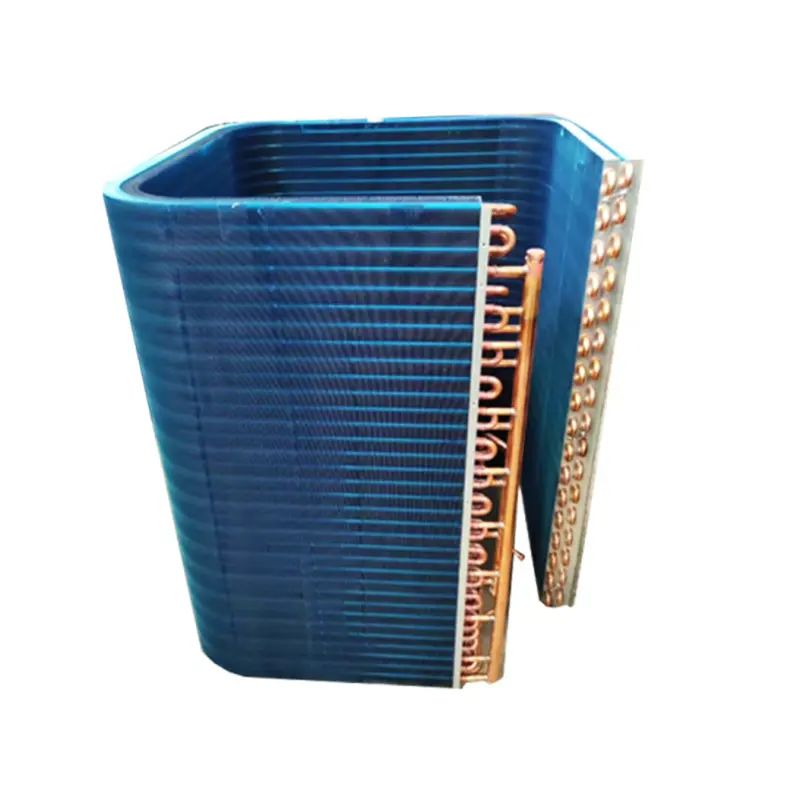
Food Processing: Reducing Energy Use in Refrigeration
In food processing, refrigeration systems consume significant amounts of energy. Heat exchangers play a vital role in reducing this energy demand. I’ve seen how these systems optimize thermal transfer, ensuring that refrigeration units operate efficiently. By recovering waste heat, heat exchangers lower the energy required to maintain cold storage temperatures. This process not only cuts operational costs but also reduces carbon emissions.
For example, in dairy production, heat exchangers are used to cool milk rapidly while simultaneously recovering heat for pasteurization. This dual-purpose functionality enhances energy efficiency and supports sustainability goals. Copper Fin Heat Exchangers, with their superior thermal conductivity, are particularly effective in these applications. Their durability ensures long-term performance, making them a preferred choice in the food industry.
Chemical Industry: Optimizing Heat Recovery
Heat recovery is critical in the chemical industry, where processes often involve high-temperature operations. I’ve observed how heat exchangers improve efficiency by capturing and reusing thermal energy that would otherwise be wasted. This optimization reduces the need for additional energy inputs, directly lowering carbon emissions.
The effectiveness of heat exchangers in this sector is supported by industrial data and operational studies. Here’s a summary:
| Evidence Type | Description |
|---|---|
| Government Regulations | The U.S. Department of Energy has implemented restrictions to improve efficiency in industrial heat exchangers, particularly in energy-intensive industries like petrochemicals and refineries. |
| Market Demand | The heat exchangers market is growing due to increasing demand for energy efficiency and stronger environmental regulations aimed at controlling carbon emissions. |
| Technological Advancements | Recent advancements in heat exchanger technology have led to significant gains in performance and efficiency, optimizing thermal performance through improved designs and materials. |
These advancements have transformed the chemical industry, enabling companies to meet stringent environmental standards while maintaining profitability. Copper Fin Heat Exchangers, with their innovative designs, are instrumental in achieving these goals.
Energy Systems: Enhancing Renewable Energy Integration
Renewable energy systems rely on efficient thermal management to maximize output. Heat exchangers facilitate this by transferring heat between components, ensuring optimal performance. I’ve seen their impact in solar power plants, where they help regulate temperatures in thermal storage systems. Similarly, in wind energy systems, heat exchangers cool electronic components, preventing overheating and ensuring reliability.
By integrating heat exchangers into renewable energy systems, we can enhance their efficiency and scalability. This integration supports the transition to cleaner energy sources, reducing dependence on fossil fuels. Companies like Ningbo Senjun New Materials Co., Ltd. contribute to this effort by developing advanced heat exchanger technologies tailored for renewable applications.
Innovations and Future Potential
Advanced Materials and Designs
Advancements in materials and designs are reshaping the future of heat exchangers. I’ve observed how cutting-edge materials like fluoropolymers and copper alloys enhance thermal efficiency while reducing energy consumption. These materials not only improve heat transfer but also ensure durability under extreme conditions. For instance, copper fin heat exchangers excel in applications requiring high thermal conductivity and long-term reliability.
Technical evaluations reveal the rigorous testing processes that validate these innovations. Here’s a summary:
| Testing Service | Description |
|---|---|
| Thermal Performance Measurement | Measures the efficiency and effectiveness of heat exchangers under various conditions. |
| Structural Integrity Tests | Assesses the durability and safety of heat exchanger designs. |
| Long Duration Tests | Evaluates performance over extended periods to ensure reliability. |
| High Pressure and Temperature Tests | Tests the heat exchangers under extreme conditions to validate their performance limits. |
| Complex Fluid Simulation | Simulates flows of gas-liquid foams, slurries, and supercritical fluids. |
These evaluations ensure that advanced designs meet the demands of modern industries, from chemical processing to renewable energy systems.
Emerging Technologies: Spotlight on HeatX
Emerging technologies like HeatX are revolutionizing the heat exchanger landscape. HeatX incorporates AI-driven optimization to enhance thermal performance. I’ve seen how this technology adapts to real-time conditions, ensuring maximum efficiency. Its ability to predict maintenance needs reduces downtime, making it a game-changer for industries relying on continuous operations.
Market analyses highlight the growing demand for such innovations.
| Key Drivers | Description |
|---|---|
| Increasing Demand | High-purity chemicals and precise temperature control in industries like electronics and pharmaceuticals drive demand for fluoroplastic heat exchangers. |
| Advancements in Technology | Innovations in fluoropolymer materials enhance thermal efficiency and reduce energy consumption. |
| Environmental Regulations | Stringent regulations promote the adoption of specialized heat exchangers in chemical processing. |
| Geographic Growth | Significant market expansion expected in North America and Asia-Pacific due to industrial investments. |
These trends underscore the potential of technologies like HeatX to transform energy systems globally.
Contributions of Companies like Senjun to the Green Cooling Revolution
Companies like Ningbo Senjun New Materials Co., Ltd. are at the forefront of the green cooling revolution. Their commitment to innovation drives the development of efficient solutions like copper aluminum fin heat exchangers. I’ve noticed how their products cater to diverse applications, from medical ultra-low temperature refrigerators to dehumidifiers.
Senjun’s focus on sustainability aligns with global efforts to reduce carbon emissions. By integrating advanced materials and designs, they deliver products that meet both environmental and industrial needs. Their contributions highlight the critical role of industry leaders in achieving a greener future.
Heat exchangers play a critical role in advancing sustainability. Their ability to reduce carbon emissions by 30% highlights their impact on combating climate change.
Note: Companies like Ningbo Senjun New Materials Co., Ltd. lead this transformation with innovative solutions.
Adopting these technologies ensures both environmental benefits and economic growth. Embracing them is essential for a greener, more sustainable future.
FAQ
What industries benefit the most from heat exchangers?
Industries like food processing, chemical manufacturing, and renewable energy benefit significantly. I’ve seen their efficiency improve operations while reducing energy consumption and carbon emissions.
How do copper aluminum fin heat exchangers improve sustainability?
Copper aluminum fin heat exchangers optimize thermal transfer. Their durability and efficiency reduce energy waste, aligning with global sustainability goals. Senjun’s products exemplify this innovation.
Are heat exchangers suitable for renewable energy systems?
Absolutely! Heat exchangers enhance thermal management in solar and wind systems. I’ve observed their role in improving efficiency and reliability in renewable energy applications.











